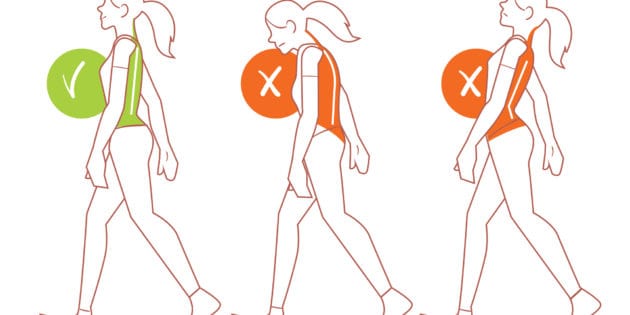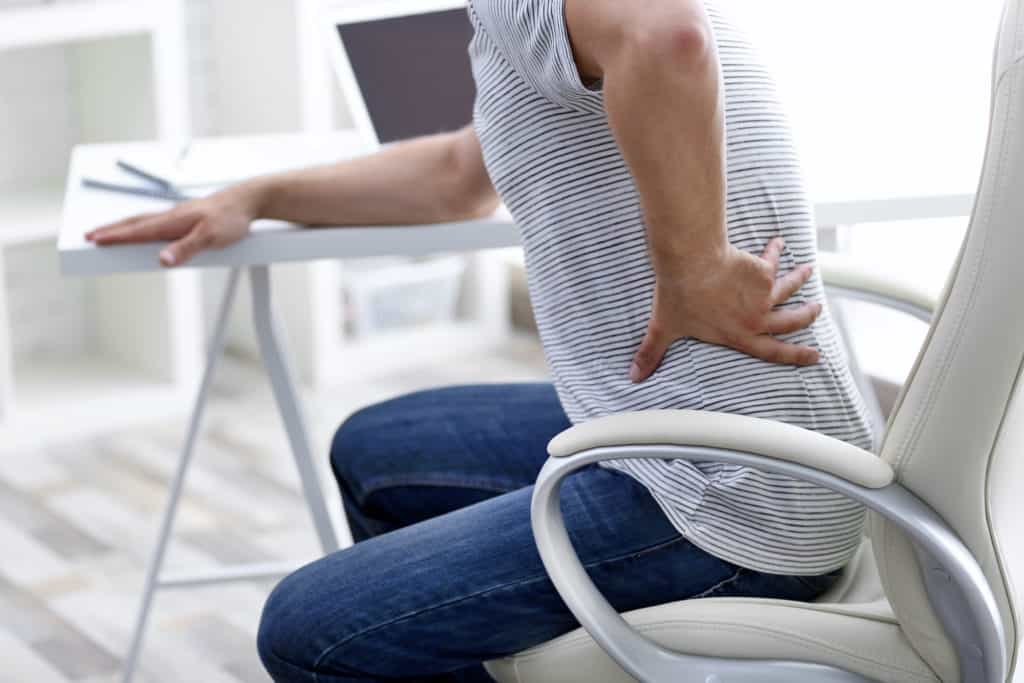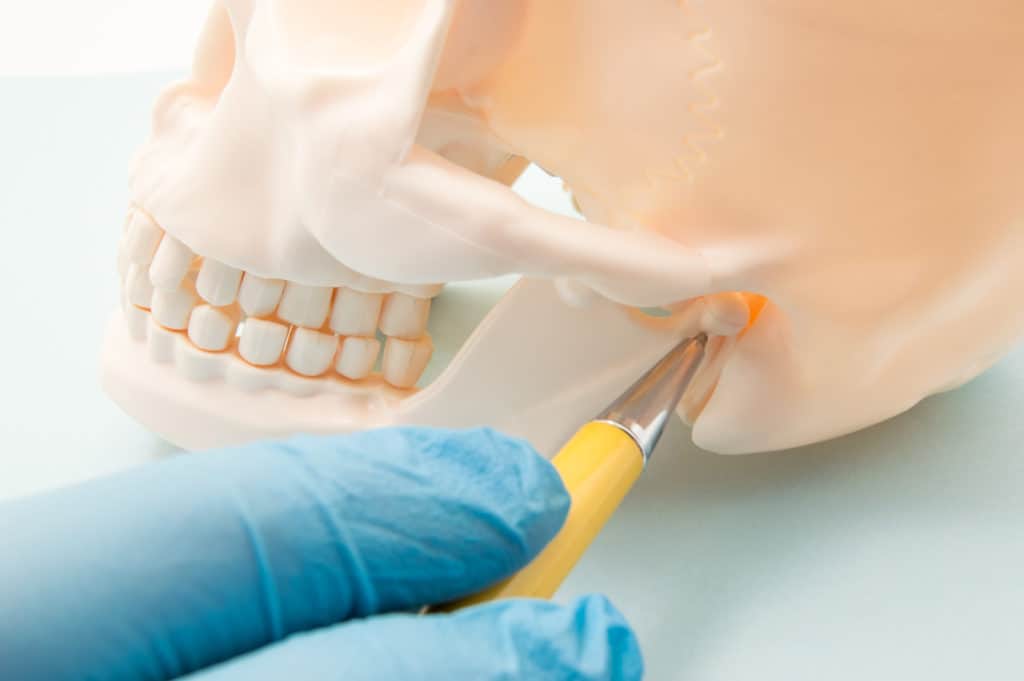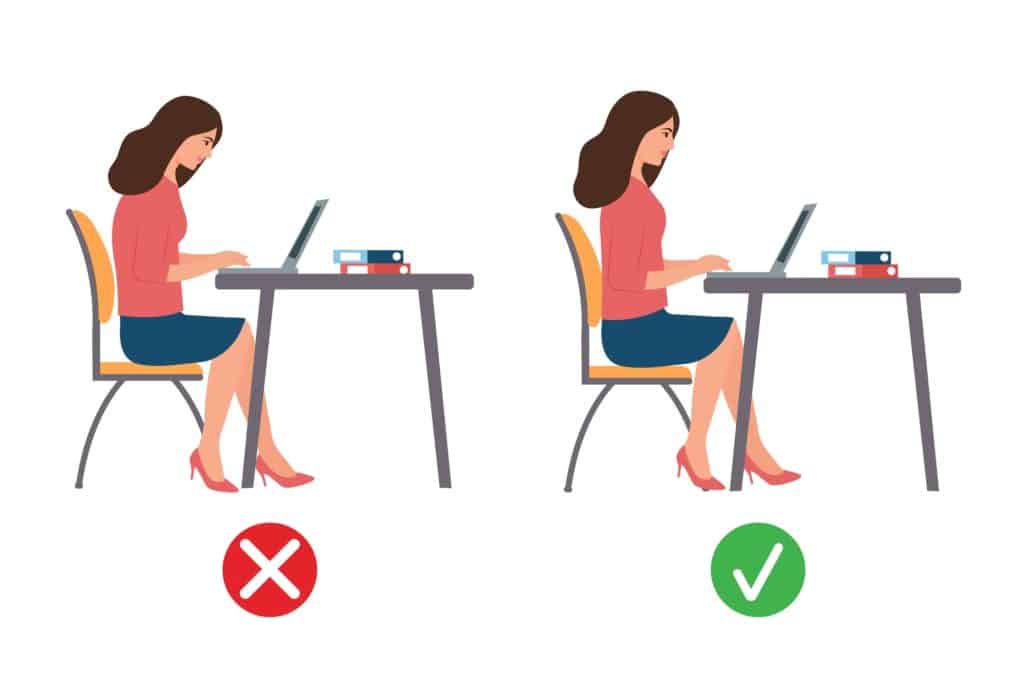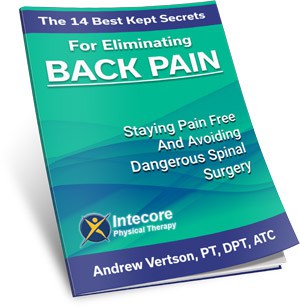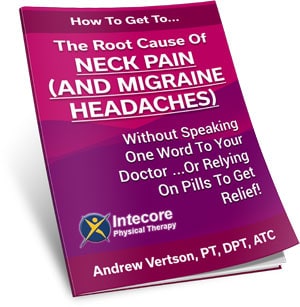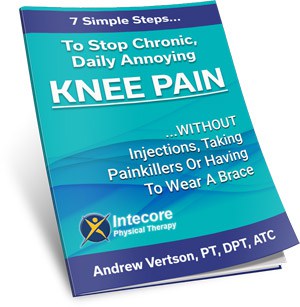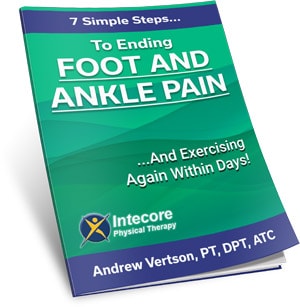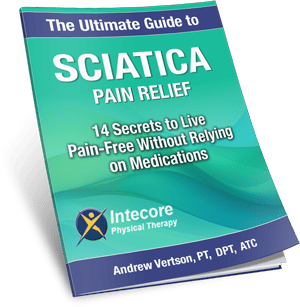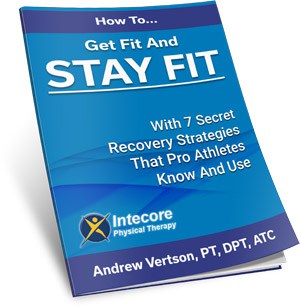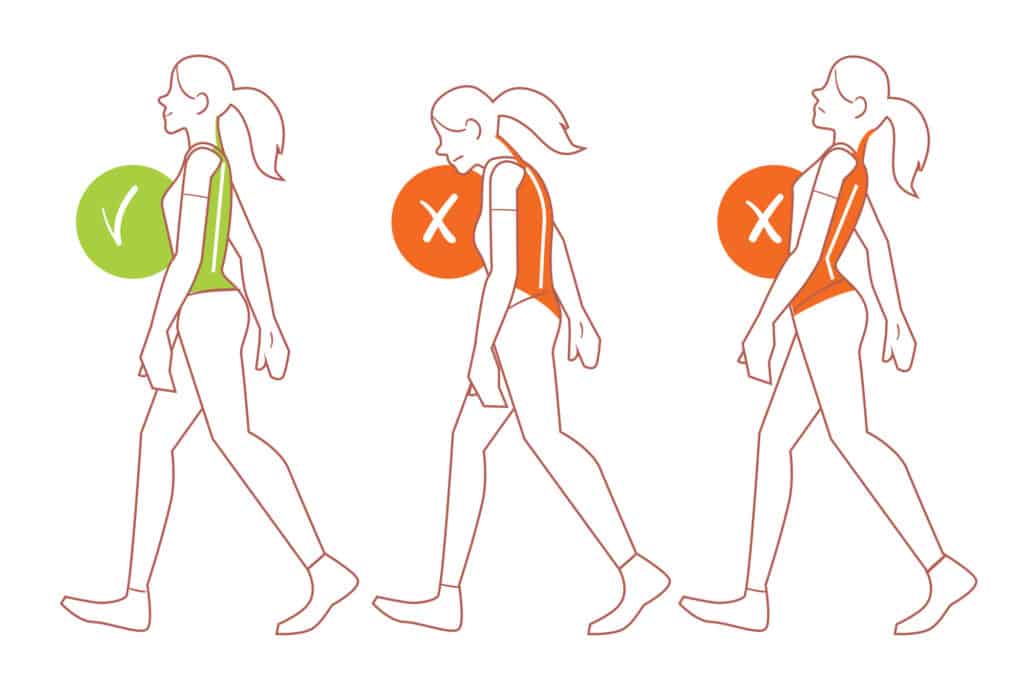
How important is good posture? How dangerous is poor posture? The answers may well surprise you. Let’s take a look together.
How do you feel your posture is?
Normal? In need of improvement?
Good? Bad?
Not 100% sure?
Unless you pay close attention to your posture all day, or have the structure of a world-class bodybuilder, it’s easy to slouch, stoop, or twist your back awkwardly. We are all guilty of it!
Chances are, you’ve had teachers, relatives, and friends who have snapped at you: ‘Sit up straight!’ – cue the awkward memories of Kindergarten.
There is a reason for their comments, though. Believe it or not, slouching can lead to some serious health problems. We roll our eyes as children when being reprimanded for slouching, and largely forget this lesson by the time our teenage years roll around, as time’s onward march means we don’t usually have anyone to always point out our poor posture.
However, while we can feel free from nagging, without these timely reminders our posture can suffer. Slouching suddenly becomes our body’s default setting and is so habitual that we don’t even notice.
As you approach your 40s and 50s, this poor posture that you’ve developed over a lifetime doesn’t just look awkward, but can also summon various health issues that you really don’t want. Trust me on that.
The main thing that poor posture affects is your spinal column. Besides housing the main nerve pathway for signals and messages that run throughout your body, your spinal column also absorbs movement (like a car’s shock absorber) and keeps your balance steady.
Good posture is defined by the ‘S’ shape of your spine – curving inwards at three different points – the nape of your neck, the middle of your back, and your lower spine.
Basically, you need to maintain a regular and healthy posture when sitting, working, and walking. Otherwise, you have these issues to look forward to…
More Blogs From Intecore
Recovering From Injury: How Can I Stay Healthy & Active?
The Importance Of Staying Hydrated In Summer Weather
How Can I Relieve My Shoulder Pain?
Posture & Improper Blood Circulation
By exercising an incorrect posture, you can impact the blood flow around your body. Especially when remaining sedentary at a desk for long stretches of time without a ‘movement break’.
This might sound extreme, but sitting for long periods affects your movement, which in turn affects the circulation of blood. The easiest way to avoid this? Set a timer and stretch every 30 minutes.
You could also go for a walk around the room, or simply stand up and go and get yourself a drink. After all, hydration is also important for your wellbeing!
To tackle your posture and circulation when stuck at your desk, get yourself an ergonomically fitted chair – preferably one that fits the contours of your spine and therefore prevents you from slouching.
Posture & Cardiovascular Issues
We’ve already mentioned that poor posture has a direct consequence on the alignment of your spinal column, and constricts blood vessels. But how bad can it get?
By constricting your blood vessels, your body doesn’t get the flow of oxygen and nutrients required for a healthy mantra. This can lead to issues with blood clots, deep vein thrombosis, and other cardiovascular problems in the longer term.
It’s exactly why we are told that “sitting still slowly kills us”.
It may sound shocking, but you remain more susceptible to an increased risk of developing cardiovascular disease if you ignore these simple steps to improve your posture.
Posture & Neck Pain
That poor posture we keep mentioning will eventually cause aches and pains in other parts of the body. Slouching will encourage your neck, shoulders, and back to radiate pain courtesy of additional stress and strain on the muscles, joints, and connective tissues.
We won’t lecture you, though. We know how it is, and realize that it’s not always possible to sit with the correct posture. Some jobs and situations make it impossible not to rest in an awkward position, but the key is not to let it become habitual – as that is when it leads to pain.
As an example, think back to a time when you had to twist your body to get through a tight gap, or when you had to maneuver around something in an uncomfortable fashion. Doing this won’t cause any long-term health issues, even if you feel like you’ve pulled a muscle in the process!
It’s more about the long term. Years and years of sitting in the same position with little-to-no exercise molds your body into a shape that has you entering dangerous territory for your health. Posture & Digestive Issues
Slouching causes your neck and shoulders to droop over your chest and abdomen, compressing your digestive organs. Over time, if you continue to slouch in this position, your digestive operation will suffer.
And, by causing stress for your digestion, your body’s digestive process slows your metabolism. Studies have concluded that those who sit still are more at risk of IBS (Irritable Bowel Syndrome), which is why we’d recommend getting up and stretching every 30 minutes or so.
Bonus points if you bend, twist, reach, and squat during your break!
Poor Posture & Pulmonary Issues
Living with bad posture can cause issues with breathing. For example, hunching impacts the amount of air that you are able to take in.
Your lungs then cannot function properly, and a domino-effect is created where vital organs (such as the brain and heart) don’t receive enough fresh oxygen to function properly.
Pulmonary and breathing issues include breathlessness, cardiovascular problems, and reduced cognitive ability. Not to mention a negative impact on concentration.
You know that report with the looming deadline? You genuinely won’t function properly unless you sit up straight.
Poor Posture & Arthritis
You wouldn’t imagine that poor posture can exacerbate the painful symptoms arthritis brings to the party. But it can. Big time.
As we have already mentioned, poor posture can result in misalignment of the spine, but also of the pelvis and the knees. With extra pressure put upon the joints, symptoms of arthritis are then left to run amok in susceptible patients.
In addition, poor posture remains a leading cause of deteriorating arthritis in the knees, which in severe cases can lead to total knee replacement surgery.
Poor Posture & TMJ/Headaches
TMJ? It’s a joint in your jaw. And, just to confuse things, the condition – TMD – actually stands for Temporomandibular Disorder. More commonly referred to as TMJ; a pain in the jaw joint. Got that? Hopefully it makes sense…
The TMJ joints connect the jaw to the temporal bones of the skull. And guess what! Poor posture has an outright effect on the TMJ joints, too.
If you habitually hold your head forward, or raise the shoulders in an unnatural position of tension, the TMJ joint can move out of place. This disrupts the intricate balance of joints and ligaments that operate your jaw, and the surrounding area.
As if that’s not quite enough, your slouching will be punished further with inflammation, lockjaw, chewing issues, spasms, discomfort, and general pain.
Then there are headaches to contend with. With the natural curvature of the spine affected by bad posture, this unnatural curvature places stress and tension on the neck muscles. If your neck continues to tighten, it’s only a matter of time before headaches arrive; created as pain travels upwards to the skull.
What Can I Do About Poor Posture?
We are glad that you’ve asked that question! You can improve your posture with various methods. For starters, we’d recommend speaking with a physical therapist. They can help you understand the problem, and keep you on the right track.
In the meantime, you can practise yoga. Seriously, stick with us on this one.
Improving your posture is one of the most important aspects that you can undertake to look after yourself. Using yoga to tackle your poor posture reduces chronic pain and prevents injuries, and can also help improve your mental health and sexual function.
Pilates and particular types of core-strengthening exercises are also a good option.
However, bear in mind that you’ll want to avoid clenching, tucking, or ‘bracing your core’. What we mean by this is too many people simply bolt themselves upright by trying to sit up straight. They actually end up wearing themselves down.
Remember that good posture should not be more work than what feels natural. It certainly doesn’t involve you holding yourself up like a punishment!
If you are having real trouble with keeping a good posture, besides exercising more, we would advise you to purchase a back support – this is a great way of finding good alignment without wearing yourself out.
If you have other health problems, you should speak with us. At Intecore, we put your unique circumstances first. We never generalize, and ensure that a bespoke treatment package gets you back to health as quickly, and efficiently, as possible.
Physical therapy is non-injurious, and our highly-experienced physical therapists will take good care of you.
You can reach out to us through our contact page, or by booking yourself a Discovery visit.
Don’t suffer in silence, and don’t feel embarrassed about the situation. We are here to help. We never judge.
We look forward to helping you beat that poor posture!
- 7 Ways to Get Rid of Tension Headaches Naturally - July 1, 2025
- Why Are My Feet Swollen? Common Causes Explained - June 2, 2025
- What Is Restless Leg Syndrome? Symptoms, Causes, and Relief Options - May 5, 2025

